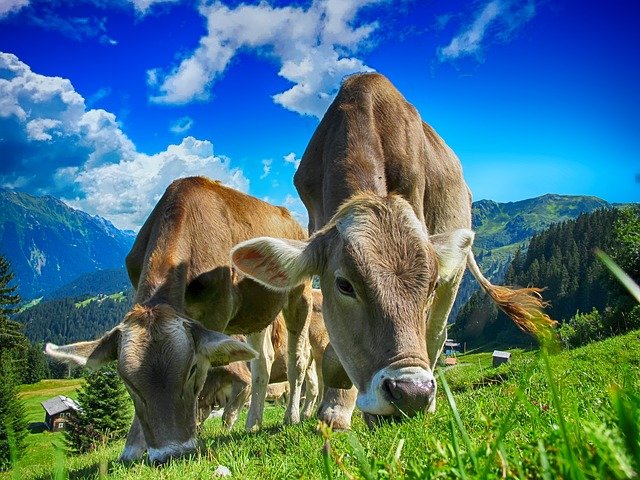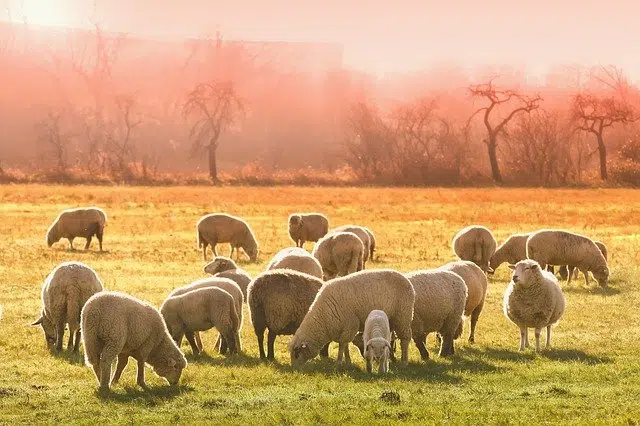
Trashumar consists of taking livestock from one piece of land to another
The term transhumance can be used to refer to the passage of livestock from one productive area to another , generally linked to a change of season. Transhumance, in this framework, is a type of herding characterized by movement.
Seasonal change of terrain
When transhumance, cattle leave the summer dehesas (lands intended for pasture) and settle in the winter ones and vice versa. The settlements, although seasonal, are fixed, which makes it possible to distinguish between transhumance and nomadism .
The fact of transhumance is justified by the productive changes linked to the seasons . Thanks to transhumance, the recovery of grass is possible and even its nutritional component is improved.
It can be stated, in short, that the action of transhumance obeys ecological and economic reasons . The objective is to take advantage of the productivity peaks of each place , taking into account the specific periods where these occur.
Transhumating for ecology
As we mentioned above, the decision to transhumance brings certain benefits to the natural environment and the economy. We can talk about certain well-defined phenomena that serve as a basis to justify this practice: the migration of animals and the change of seasons, for example, impact the so-called primary production , which is carried out by autotrophic organisms through chemosynthesis. and photosynthesis to create organic matter.
The differences in climate that exist between one season and another alter primary production: although it is usually harsher between winter and summer, in tropical areas it is also common for it to be found between the dry and rainy seasons. Sometimes high values of primary productivity are observed throughout the entire year in places close to others where similar situations are only seen during a single season.
This gives rise to two possible interpretations and use of natural phenomena: there are those who allow the grass in areas where growth is not interrupted to rest for a few months to increase the biomass reserve , which will be useful later; But there are also those who claim that the nutritional value of grass in areas of severe drought is greater than that of rainy areas. Some herbivorous animals , in fact, adapt their gestation processes to give birth in these dry areas, so that their offspring can feed on highly nutritious grass.
Once again, humans were inspired by nature to design their systems and structures. Making livestock transhumance is imitating what many animals do on their own anyway, only in this case it is necessarily adjusted to the needs of the farms , which are subject to the economic issues of their country. Although when we say "peaks of productivity" we think about the results of human action, it is always nature that has the last word: whether due to weather or soil conditions, without leaving aside epidemics and pests, our degree of control has a limit.

Many animals transmigrate on their own
A nomadic person
It is important to mention that the idea of transhumance is also used with respect to the individual who changes his/her place of residence periodically . A nomadic person, therefore, tends to travel frequently .
Transhumance can be motivated by economics : the subject moves with the intention of working or developing professionally in different places. But it is also possible to transhumance by vocation or lifestyle , just as those who enjoy immersing themselves in different cultures do. In this case, transhumance is constituted as a way to acquire knowledge and experience new experiences.
